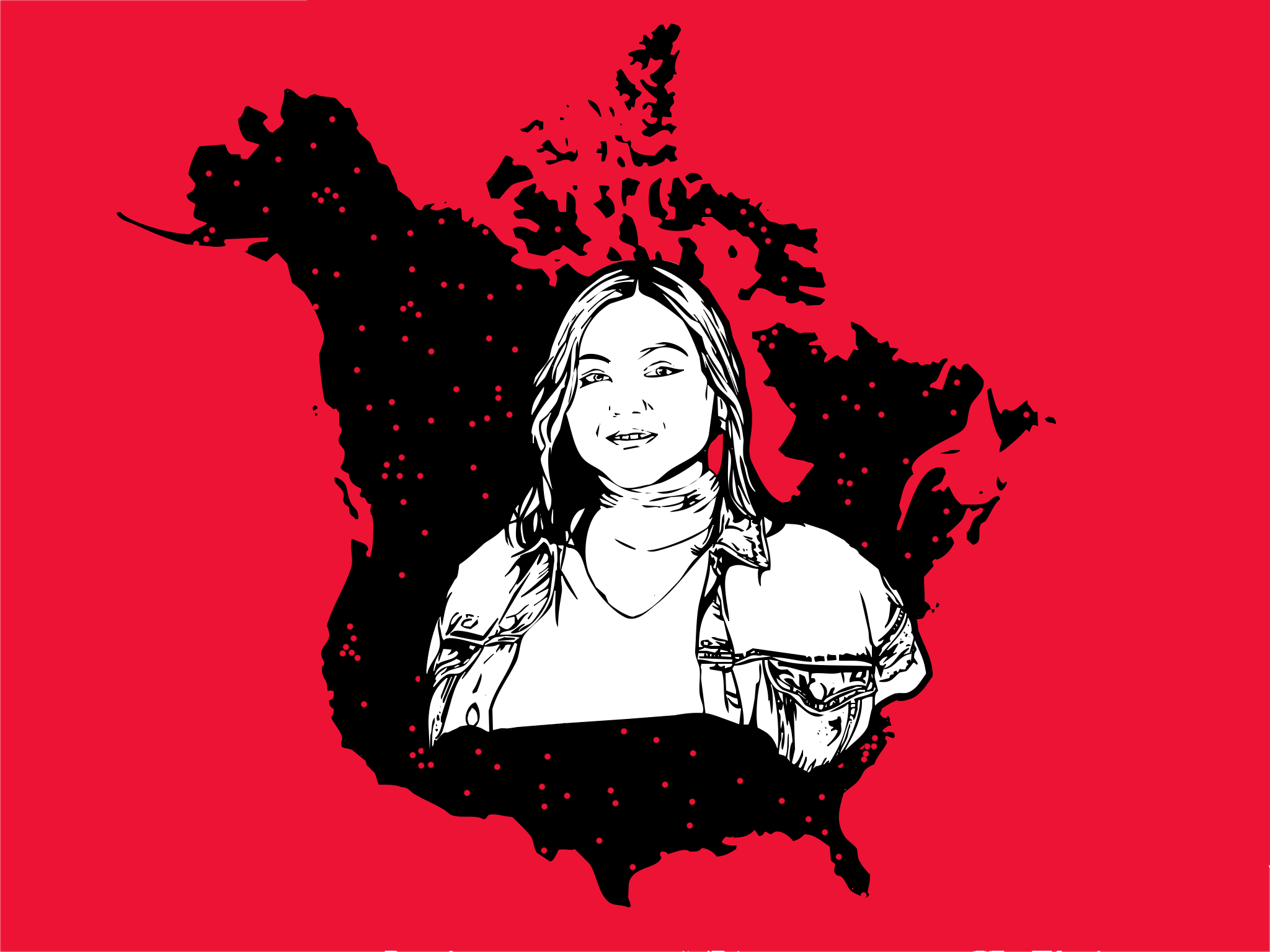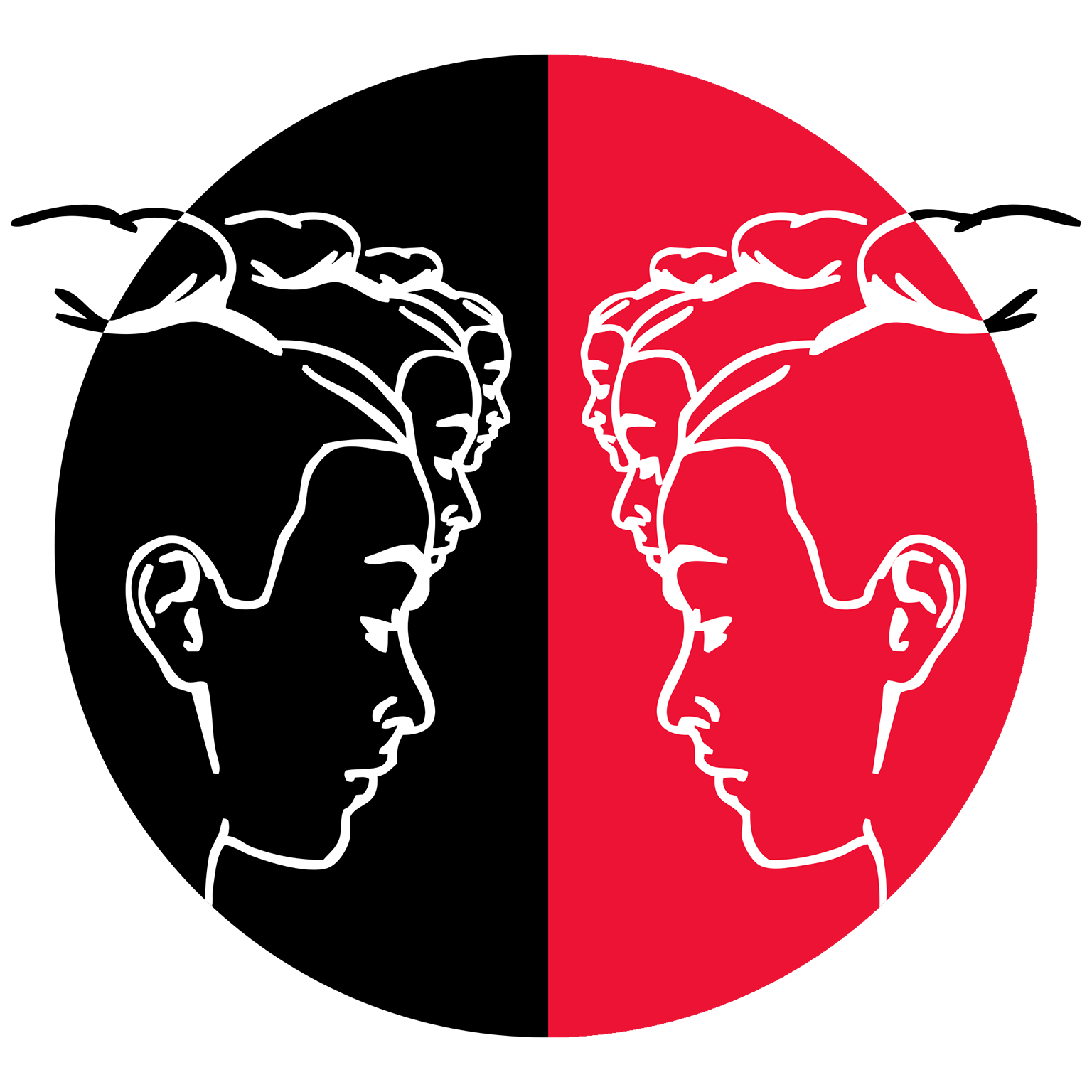Forgotten Women: The conversation of murdered and missing native women is not one North America wants to have - but it must
In the fifth in our series on the lives of ordinary women behind extraordinary stories, this month's Forgotten Women examines how terrifyingly deep the international crisis of violence against indigenous women runs

It is North America’s dark, open secret that native women are far more likely to be raped, and far more likely to be murdered.
No justice. That is the constant cry from friends and families of victims as countless cases are left unresolved and ignored.
Marita Growing Thunder, a 19-year-old murdered and missing indigenous women (MMIW) activist from Montana, has experienced this lack of justice – five times.

In the early 2000s, Marita’s aunt died. Although Yvonne’s death was officially recorded as an overdose, Marita claims her aunt had been beaten. “All her fingernails had been pulled out. She was unrecognisable when we put her in the coffin. Her body was black and blue and swollen.”
Marita also suggests there were four unrelated deaths in her family which police did not investigate. Her father’s aunt, Henry, her grandfather’s sister, Shirley K, and two female cousins that her mother grew up with.
This is not a problem with one cause, nor is it one that is going away. Therefore any attempt to move towards a solution must recognise how terrifyingly deep the international crisis of MMIW runs.
Despite thousands of women going missing every year, and thousands being raped over their lifetimes, startlingly few statistics are available.
Given the complicated and tense mesh of federal, state and tribal law – as well as entrenched racism towards indigenous people across North America – cases continue to fall through the cracks.
Annita Lucceshi, a PhD student in Southern Alberta, has been tirelessly compiling a database of stories like Yvonne’s across Canada and the US. A victim of human trafficking, domestic and sexual violence, she says herself: “I almost ended up in this database.”
“I realised how difficult it is to get a sense of just how many murdered and missing women there are because it changes constantly and there is so little official information,” Annita says. Her database, currently spanning 1900 to present day, is made up from other general missing people lists, social media, limited news coverage, archives and police databases.
“The police are not helpful,” she adds. “Typically I get no response at all. If I do, they say they don’t collect the data, or that they won’t be able to pull that information.”
Not only does this mean missing indigenous women and girls are less likely to be found, but perpetrators are less likely to be found guilty.
Jurisdiction plays a huge part in cases going unsolved, particularly in the US, with confusion or unwillingness to handle cases leading to delays in investigations.
“The issue of jurisdiction in the states is a mess,” Annita says with a heavy sigh. “I would also say that the law enforcement agencies that are tasked with these cases are not handling them appropriately.”
Annita gives the example of Ashley Heavyrunner, a Montana woman who was missing for nine months before the Federal Bureau of Investigation (FBI) got involved, even though it fell into their jurisdiction.
The number of indigenous women reported missing has remained remarkably constant in recent years.
There were 5,646 Native American women entered as missing into the National Crime Information Centre database last year, with 5,711 in 2016. In the first six months of 2018 there were 2,758 indigenous woman reported missing.
The FBI is responsible for investigating the most serious crimes committed on reservations. However when it comes to crimes on Native American land, the Department of Justice (DoJ) typically declines to send 30 to 40 per cent of all applications to prosecution. The last set of available data from 2016 shows that 35 per cent of cases were not sent for prosecution. The two major reasons given for this by the DoJ are either insufficient evidence, or the case being referred to another prosecuting authority – such as the tribes themselves.
With 567 sovereign tribal nations across the US, the rights of tribal governments as nations are written into the constitution. According to the National Congress of American Indians, in total, tribal governments exercise jurisdiction over lands that would make Indian Country the fourth largest state in the nation.
Hundreds of treaties, along with the Supreme Court, the federal government, and Congress, have repeatedly affirmed that tribal nations retain their inherent powers of self-government. Despite this sovereignty, as the National Congress of American Indians says, “there is a lack of federal agency coordination and [there are] regulations and laws that prevent tribal governments from equitable access to federal programmes on par with state and local governments”.
This is an issue Annita has repeatedly come across in her research. “Tribes are sovereign nations and they should be treated as such. That means they have complete jurisdiction over crimes that happen in their territory, and that means that when one of their citizens dies or goes missing, they must be notified.
“But for some reason, they’re not being invited to the table. They’re not even being notified, and they’re having no say in how things are handled. That’s the only example in the world when a nation isn’t notified when one of their citizens is killed.”
As a young native woman living on a reserve, Marita also points to policing as a huge issue in the case of MMIW. “We are a small group of people and a lot of people view us as a lot more vulnerable. There are a lot less tribal police, for example the Navajo people, the reservation is huge – if you think about it as the size of Maine with 129 cops – roughly – and then if you think about Maine, they have thousands of cops. A lot of times it doesn’t go beyond the missing persons report.”
Despite there being little reliable data, it is safe to say this is not an issue to be relegated to the past.
In Canada in 2015, a quarter of all women murdered were indigenous. In 1980 it was 9 per cent.
“What I really stress to people is that it happens everywhere,” Annita says. “People imagine this just happens in the oil fields of North Dakota and the huge expanse of the Navajo nation – and it does – but it also happens in cities. According to my database Seattle has the highest number of cases, a supposedly liberal, safe place to be.”
2015 saw Canadian prime minister Justin Trudeau announce an inquiry into MMIW to bring justice to victims’ families, which launched in 2016.
Two years on, and the inquiry is plagued with resignations, heavily criticised by native activists, and has a press number that is out of order. Although she acknowledges Canada has been more open in its national discussion of MMIW than the US, Annita says the inquiry “has been a complete failure”.
Access for families has also been very difficult, with a lack of communication and pastoral care available to those grieving. Designed in a western legal framework, many native families have said the inquiry has not taken into consideration traditional ideas of both grief and justice. “It seems like it was just something they did haphazardly, way too quickly, without very much thought,” Annita says.
With federal level of justice seeming a distant hope, grassroot activism is very real.
Inspired by the horrific stories she had grown up with, Marita Growing Thunder began her fight for MMIW at the age of 17, founding the Save Our Sisters project to raise awareness. Initially it primarily used art and clothing to make a statement. “I dress in my native regalia every day, so it consists of a ribbon skirt or a type of dress that northern indigenous people wore during the times of assimilation of native peoples.”
Marita has also completed two 80 mile walks, much of that distance barefoot, across Flathead Indian Reservation land, with others joining her along the way. The project was not to raise money, rather to create awareness and as something for her own journey with MMIW.
“I just got up one day and said ‘I’m gonna do this’. There were a lot of emotions that appeared over those four days, it brought some healing, some closure to the other people who had walked with me.”
By bringing traditional dress and native ideals onto contemporary platforms such as social media, movements like that spearheaded by Marita force us to question archaic stereotypes still held across North America.
“I feel like a lot of people don’t see it as an issue, they don’t see native people as a current people,” Marita says. “The way that history has been taught in schools around the country is that the native people were completely wiped out. It is not true, we are still here – we belong here.”
Native women across North America are calling for their voices to be heard, to have increased representation and for romanticised, patronising stereotypes to stop. Encouragingly, this year has seen the highest number of native women running in the 2018 US midterms, yet still the nation has a president who calls women “Pocahontas”, clearly intending to cause insult.
As much as action at a federal level is required, grassroot movements like Marita’s are having an impact. Raising awareness of this issue is crucial in exposing the crisis being faced by women and girls.
“I am hoping with not just my project, but a lot of other movements around the country and on the continent, that more people are seeing this as a current issue affecting everybody. This shouldn’t just be an indigenous issue, but an issue for all people – everybody should be concerned.”
Bookmark popover
Removed from bookmarks